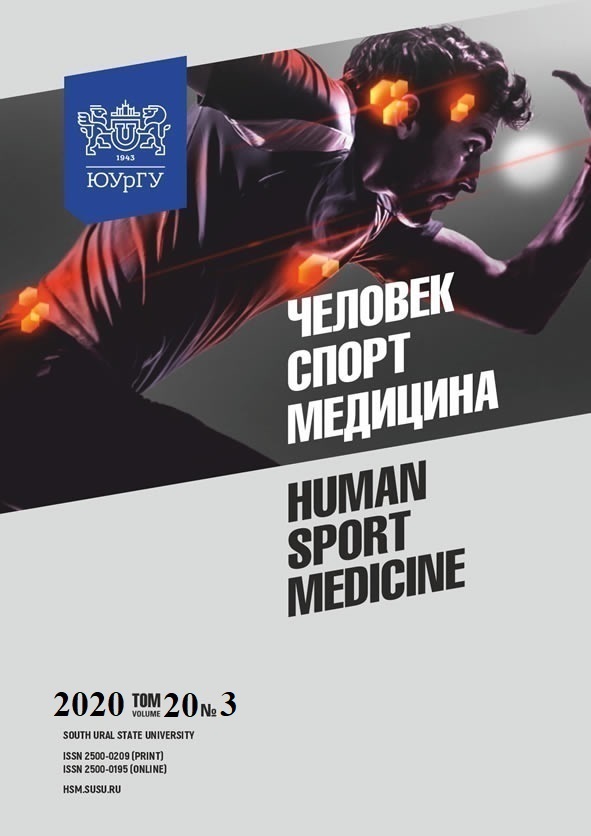ENZYME DIAGNOSTICS IN SPORTS PRACTICE (LITERATURE REVIEW AND PERSONAL EXPERIENCE)
Abstract
Aim. The paper aims to analyze and summarize the data about enzyme diagnostics in athletes of different sports. Materials and methods. Creatine kinase (CK) activity was measured in 20 highly skilled male biathletes aged from 18 to 23 years. Fasted blood samples were taken in the morning before exercise and the next day after a 90-minute ski run by a uniform method. Biochemical analysis was performed by using the Architect c4000 and i1000SR (Abbott, USA) automated analyzers with reagents and control materials from the equipment manufacturer. Results. An increase in CK activity in biathletes is observed at the end of the preparatory period, and normalization occurs by the middle of the competitive period. When studying CK activity in 10 male handball players aged from 18 to 21 years the day after training, it was found that the increase in enzyme activity depended on the playing position. Goalkeepers exceeded the norm many times compared to field players. The highest serum CK activity after exercise was observed after prolonged exercise such as extra-long marathon and uphill running, which involved eccentric muscle contractions. In triathletes after competitions (full distance), CK activity increased to 1200 U/L, after 48 hours of recovery it dropped to 400 U/L. Conclusion. Thus, enzyme diagnostics today is a relevant and objective method for assessing the state of health and the muscular system, including organs such as the heart, liver, and brain. Therefore, control over the level of basic enzymes should be carried out regularly in the preparatory period both as part of an in-depth medical examination and if an athlete is suspected of being overtrained or injured.
References
References on translit
Copyright (c) 2020 Human. Sport. Medicine

This work is licensed under a Creative Commons Attribution-NonCommercial-NoDerivatives 4.0 International License.















